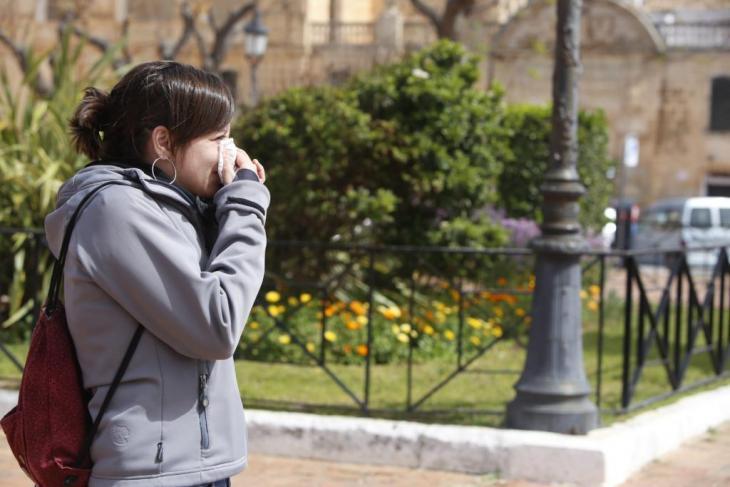Spring has arrived in Mallorca and so have the allergies
House dust mite the biggest cause of Mallorca allergies

Grasses and olive trees are among the main sources of pollen allergy. | Josep Bagur Gomila
Palma20/03/2022 13:08
Astronomical spring, which starts today (March 20), will not be great for allergy sufferers, according to Dr. Sendy Chugo, an allergy specialist at the Balearic health service, IB-Salut.
Also in News
- Spain at boiling point over eggs!
- Now there's a proposal for a fifteen-year residency requirement to buy a home in the Balearics
- Ryanair launches subscription that waives fees for reserved seats and insurance
- A Good Friday. Britain's biggest cruise ship heads for Palma for Easter
- The Mallorcan town with the longest name: it contains 21 letters and has a population of 9,227

No comments
To be able to write a comment, you have to be registered and logged in
Currently there are no comments.